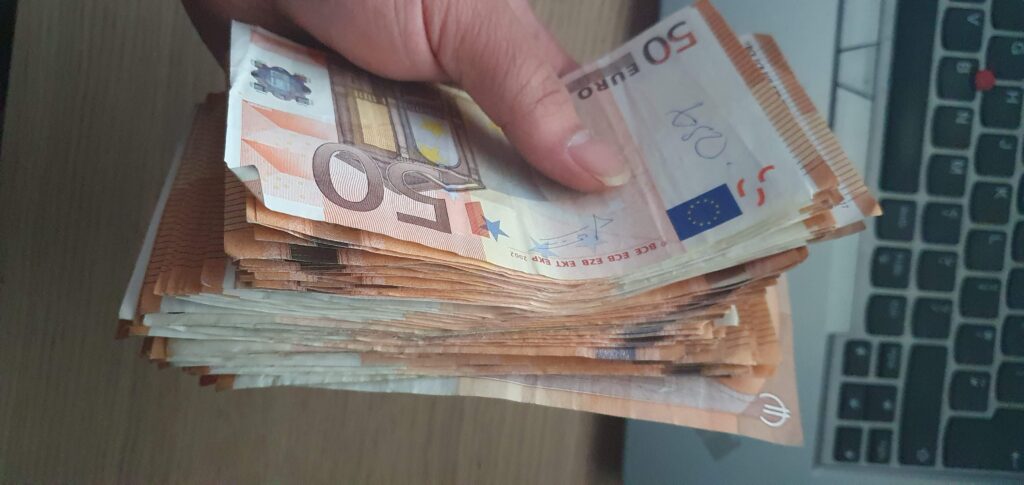
Money: A Brief History, Concept, and Modern Understanding
Money is a medium of exchange that is widely used in transactions to acquire goods or services. It has been an integral part of human civilisation for thousands of years. In this blog post, we will explore the history of money, the concept of money, and its modern understanding.
A Brief History of Money
The history of money dates back to ancient times when people used barter to exchange goods and services. However, bartering had its limitations, as not all goods were easily divisible and transportable. As a result, people began to use rare and valuable objects, such as shells, beads, and precious metals, as a medium of exchange.
One of the earliest forms of currency was the Chinese bronze coin, which was first introduced in the 4th century BCE. The coin had a square hole in the centre, which made it easy to string together and carry around. In the West, gold and silver coins became popular as a form of currency in the Middle Ages, as they were easy to carry and widely recognised.
In the 20th century, paper currency became the dominant form of money, as it was more convenient and easier to produce than coins. Today, most money exists in digital form, with electronic transfers and credit cards becoming the norm.
Concept of Money
Money is essentially a social construct, as its value is determined by the trust and confidence people have in it. It has three basic functions: as a medium of exchange, as a unit of account, and as a store of value.
As a medium of exchange, money makes it possible for people to trade goods and services without the need for bartering. It allows for transactions to take place quickly and efficiently.
As a unit of account, money provides a way to measure the value of goods and services. It allows for easy comparison of prices and makes it possible to keep track of financial transactions.
As a store of value, money allows people to save their wealth and use it at a later time. It is an important tool for investment and economic growth.
Modern Understanding of Money
Modern economics sees money as a complex and multifaceted phenomenon. It is not just a medium of exchange, but a key component of the economy that affects everything from inflation to interest rates.
Central banks, such as the Bank of England, are responsible for managing the money supply and regulating interest rates. They use monetary policy to control inflation and stabilise the economy.
Money has also become a highly complex financial instrument, with derivatives, options, and other financial products being traded on global markets. This has led to increased financialisation of the economy, with money becoming more abstract and disconnected from real economic activity.
Money has come a long way from its origins as a simple medium of exchange. Today, it is a complex and multifaceted phenomenon that plays a central role in the global economy. Understanding the history, concept, and modern understanding of money is essential for anyone who wants to navigate the financial landscape of the 21st century.